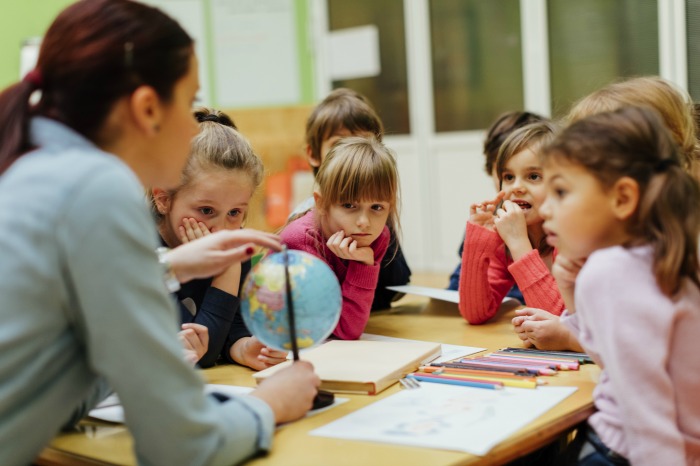Growing up as an immigrant in Hell’s Kitchen, on the West Side of New York City, the odds of Jaime Casap making it out of his hometown alive, much less being successful in life, were long.
Born in Argentina to a single mother, he wasn’t exactly living the American Dream between the days spent on welfare and those in which he was either witnessing violence on the streets or attending the funeral of a friend. Casap, like millions of children trapped in communities of poverty and crime, needed a vehicle to get to a better life. He found the keys to that ride in education.
 Casap’s story is one of many stories of hope in the book “Humanizing the Education Machine,” co-authored by Bill Latham, CEO of MeTEOR Education (https://meteoreducation.com). Among other key themes, the book explores beating odds often created by a child’s ZIP code in the American education system. Not only did Casap escape Hell’s Kitchen, he has gone on to become Google’s Global Education Evangelist, where he has been a consummate advocate for leveling the playing field in communities through an education that leverages digital technologies.
Casap’s story is one of many stories of hope in the book “Humanizing the Education Machine,” co-authored by Bill Latham, CEO of MeTEOR Education (https://meteoreducation.com). Among other key themes, the book explores beating odds often created by a child’s ZIP code in the American education system. Not only did Casap escape Hell’s Kitchen, he has gone on to become Google’s Global Education Evangelist, where he has been a consummate advocate for leveling the playing field in communities through an education that leverages digital technologies.
It is no small task to set someone on a different path that comes from this kind of background. It takes a spirit of connection between students, faculty and teachers, and a shift in attitude to help other students overcome their ZIP codes. However, as changes begin in the schools, the entire community benefits from the transformation.
Gone are the days that schools are simply a place to go and receive content that prepares a student for life.
“If school officials want to be relevant in a world that has rapidly moved from Gutenberg to Google, they will have to ask themselves what their value proposition will be in a content abundant world,” Latham notes. “They are going to have to transform their practices If they are going to continue to receive future permission from parents to educate their children.”
Some of the keys to laddering up schools into thriving community schools are presented through the research and journey of the K-12 Mindshift team that produced the “Humanize” book. A few of the major themes the book explores are:
• Setting cultures and strategies that align with the particular needs of learning communities. More than 15 million children in the United States are living below the poverty line, often told they don’t have a chance. Latham points to the tremendous mindshare these students devote to basic needs, safety and security. Strategies that focus on their social and emotional literacy as well as resilience help such children persevere and emerge from such conditions with a brighter future.
• Working to re-engage social capital with teachers, parents and the community at large. The resources needed for transformative learning experiences for students are often found sitting on the sidelines in communities because of falling trust in the effectiveness of the school’s current strategies. Schools must become intentional about engaging their community and giving them clear insight into how they are going to ensure students are succeeding.
• Understanding the direct connection between engaging learning experiences and the student having a hopeful view of the future. Because of the environment that they live in, many kids show up to school each day without a chance of learning a thing. Because they are homeless, their parents sell drugs or they are constantly faced with violence, their brains are on survival mode – fight or flight. They are always on alert, thus the brain has shut down all non-essential functions like learning.
“Teachers learn that kids bring their pain to class,” Latham says. “They also realize that nothing in their training prepares them for the pain. By understanding and embracing the relational role of the teachers, we will create a safe environment for their students, and begin to lay the foundation for a more resilient, hopeful learner as they emerge into their future.”
About Bill Latham
Bill Latham is the CEO of MeTEOR Education (https://meteoreducation.com), and co-author of the book “Humanizing the Education Machine.” He works alongside community members and their students in creating transformational learning experiences and supportive high-impact environments.
